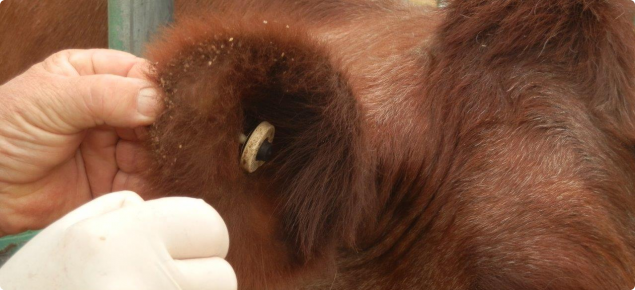Background
Theileria orientalis is the blood parasite that causes ‘benign theileriosis’ and has been present in Australia for more than 100 years. Historically, it has rarely caused disease. Since late 2005 there has been an increase in the number, severity and distribution of cases due to Theileria orientalis infection in cattle in eastern Australia.
DNA testing of Theileria orientalis revealed new strains of the parasite that had been previously undetected in Australia. It is now believed that the change in disease dynamics is due to the presence of the ‘Theileria orientalis Ikeda’ strain. The disease syndrome is called bovine anaemia due to Theileria orientalis group (BATOG) or ‘oriental theileriosis’.
BATOG is not caused by the exotic parasites Theileria parva and Theileria annulata. These parasites cause the exotic diseases East Coast fever and tropical theileriosis.
BATOG does not have any market access or human health implications.
BATOG was first detected in WA’s Lower Great Southern region during May 2013 and has also been found in South-West WA. Testing has shown the ‘Ikeda’ strain of the organism is responsible for the cases of BATOG in WA. A survey over the summer of 2014-15 revealed that approximately 50% of the sampled cattle farms in one area were infected with the ‘Ikeda’ organism. Some farms reported considerable cow losses and abortions when the disease was first detected, while on other infected farms no disease was noted. It is thought that the more severe effects on some farms were due to animals being first exposed to BATOG during the calving period.
How is BATOG spread?
The Theileria orientalis parasite is spread predominately by the bush tick. The bush tick is found on cattle, but also readily infests many other warm-blooded animals including other livestock, wildlife, birds, dogs and cats. The bush tick has been found in the Lower Great Southern and South-West, however the complete range of its distribution in WA is currently unknown.
Bush ticks survive in cool, moist environments where there is shade and protection provided by plant foliage. The bush tick typically prefers areas with year-round rainfall and temperate summers, such as coastal areas of the Lower Great Southern. Even in favourable environments, the ticks require a moist, sheltered ground environment. Short, open pastures away from the coast are usually too dry over summer to permit survival of the free-living stages.
The bush tick requires three different hosts to develop. Each developmental stage spends only up to 10 days on the host. Nymphal stages and unfed adults are small and often difficult to see on cattle. Adult ticks are seen mainly during early summer, while larvae are seen in late summer to early winter and nymphs in spring.
The most common sites of attachment on cattle are around and beneath the tail head, between the hind legs and udder skin folds, underneath to the elbows and escutcheon. In heavy infestations they are also found on or in the ears.
The presence of bush ticks on cattle does not mean that the herd has BATOG, only that the carrier is present. The infective parasite Theileria orientalis is also required for herds to develop BATOG.
Cases of BATOG have also occurred where no obvious evidence of bush ticks on cattle was seen, however it is difficult to confirm the presence of a low number of ticks and the ticks may be gone by the time clinical signs of BATOG occur.
Which stock are most affected by BATOG?
Cattle under stress are most affected by BATOG. This includes late pregnant and recently calved cows, aged cows and young calves (2-3 months old).
Often only a small proportion of animals in BATOG herds will show obvious signs of disease. However, it is likely that the majority of the herd is infected and the other animals have developed immunity without showing signs of illness.
Cattle in areas where BATOG is established will develop immunity with the severity of disease decreasing in following years. In affected areas of eastern Australia, disease in cows is now rare but young calves and newly introduced cows can still be affected. Once infected, animals remain infected for life and the disease may re-emerge during periods of stress, particularly around late pregnancy or calving.

